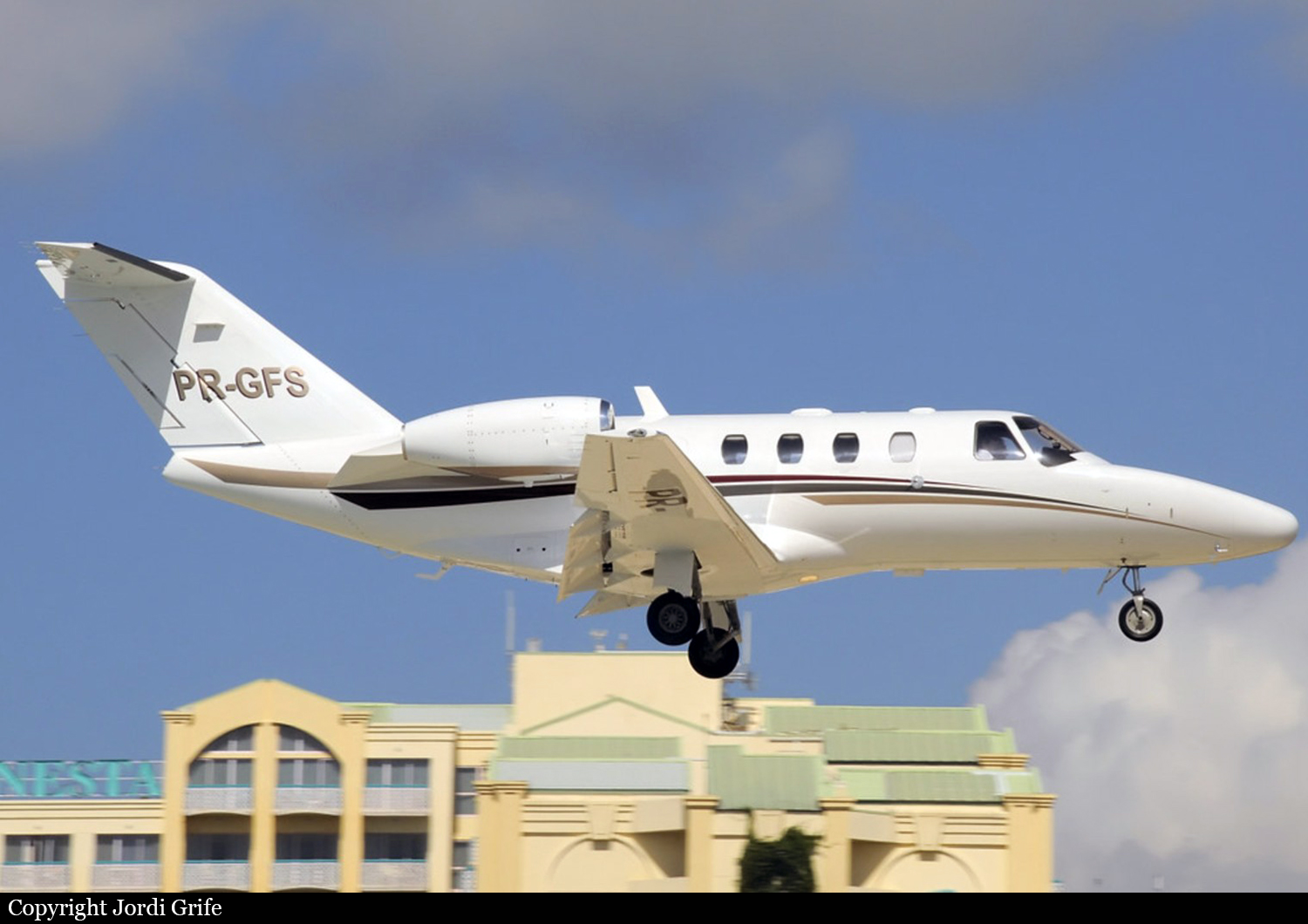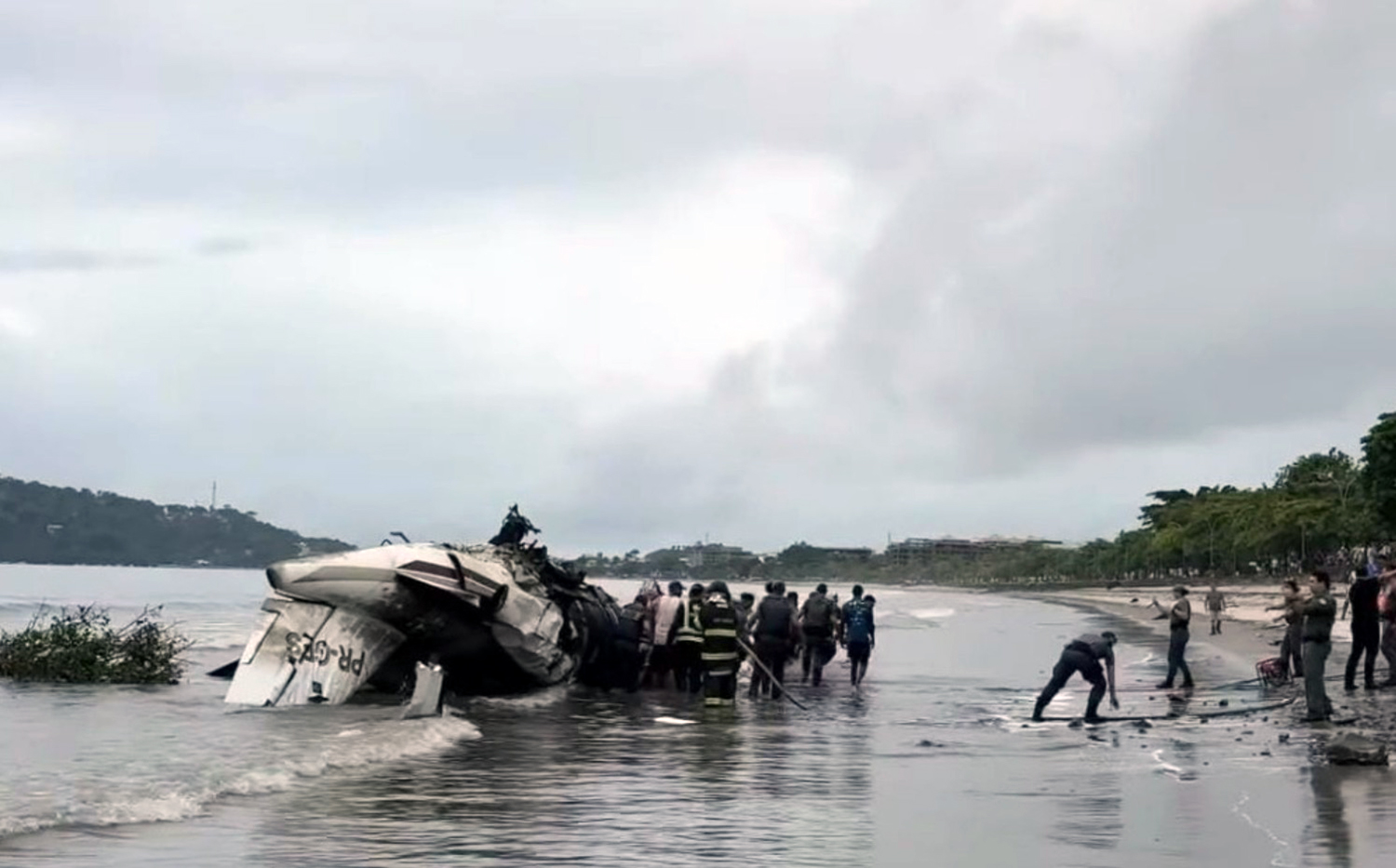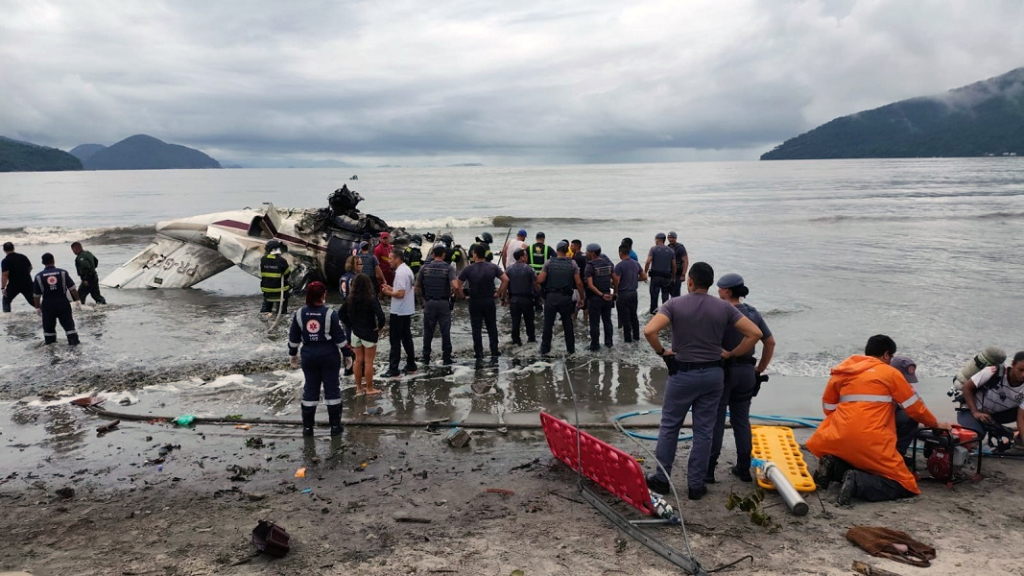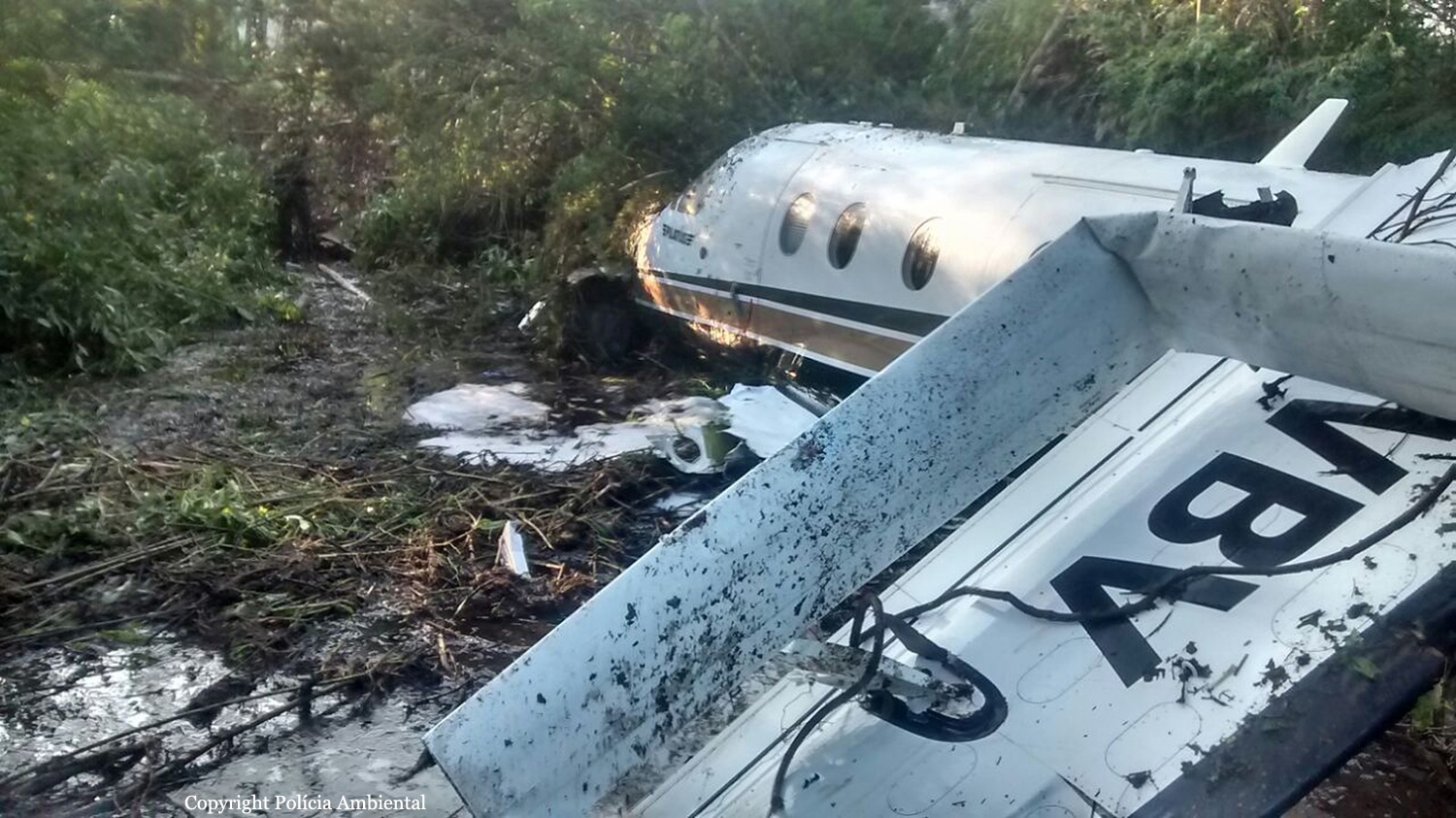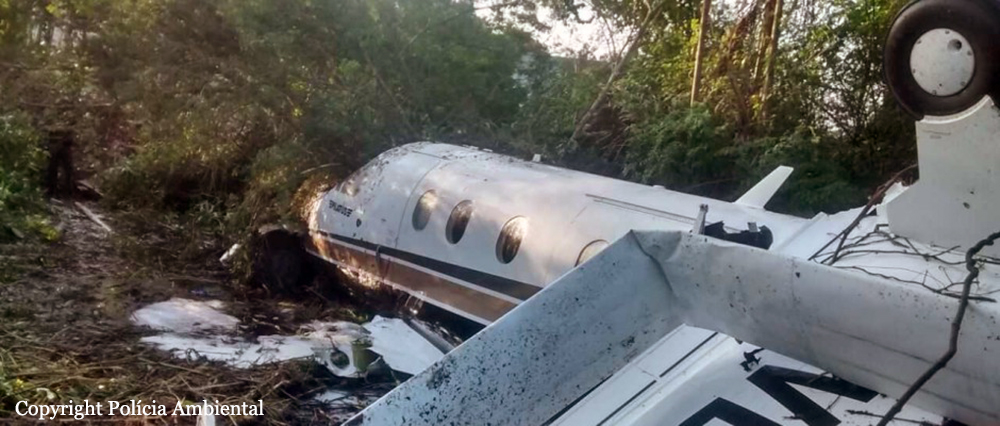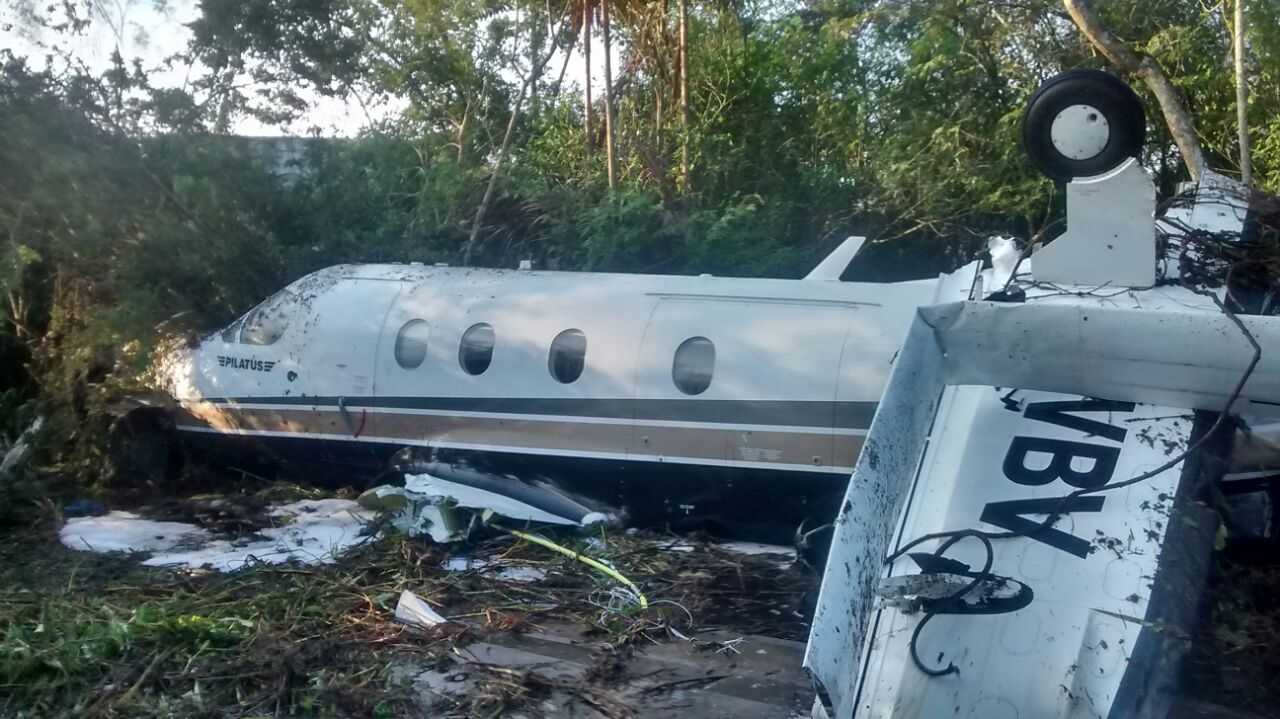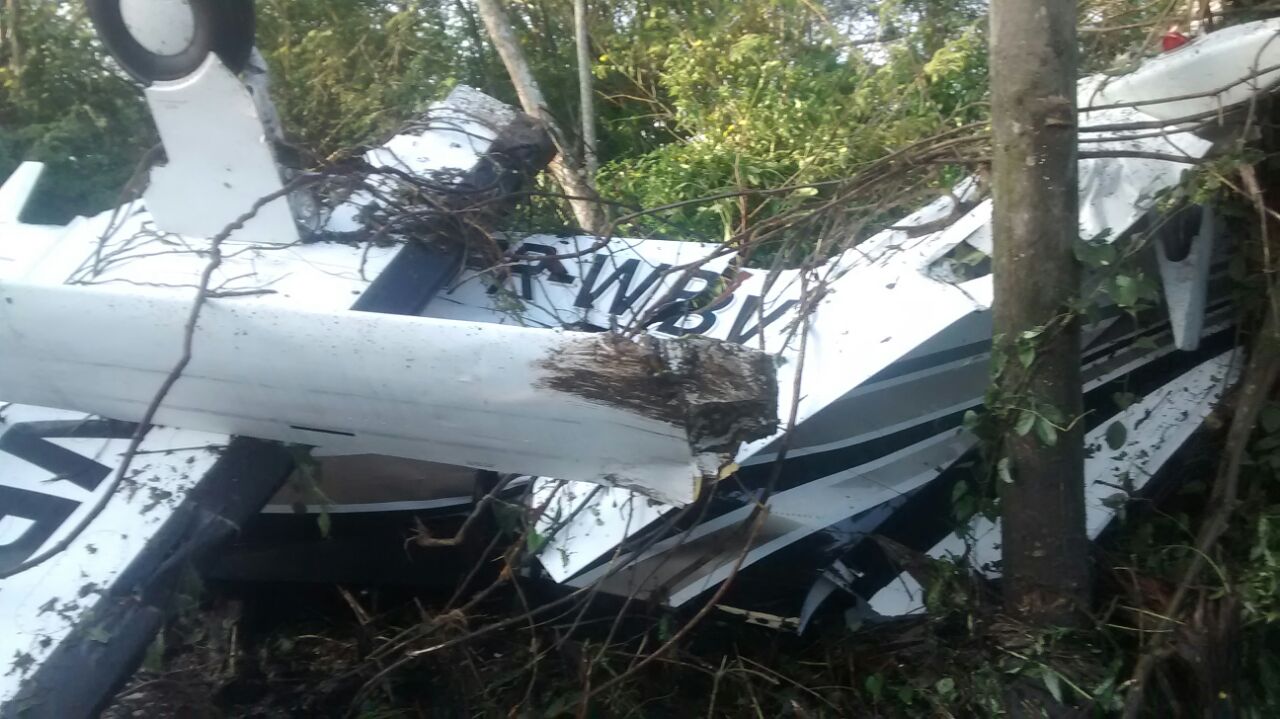Probable cause:
At the beginning of the descent to Campo de Marte Airport, a failure occurred in the aircraft's propeller pitch control system, which tended to feather the engine.
The following findings were identified:
a) the pilots held valid Aeronautical Medical Certificates (CMA);
b) the PIC held valid Single-Engine Land Airplane (MNTE) and Airplane IFR Flight (IFRA) ratings;
c) the SIC held valid Single-Engine Land-Airplane (MNTE) and Multi-Engine LandAirplane (MLTE) ratings;
d) the pilots had qualification and experience in the type of flight;
e) the aircraft had a valid Airworthiness Certificate (CA);
f) the aircraft was within the prescribed weight and balance limits;
g) the records of the airframe, engine, and propeller logbooks were up to date;
h) the meteorological conditions were compatible with the conduction of the flight;
i) on 02Oct2017, a modification was made in the approved type-aircraft project;
j) on 06Mar2018, the engine of the aircraft was replaced with a rental engine, on account of damage caused by FOD;
k) the aircraft returned to the maintenance organization responsible for the engine replacement, due to recurrent episodes of Engine NP Warning Light illumination;
l) the maintenance organization inspected the powerplant, washed the compressor, and performed a pre-flight, after which the aircraft returned to operation;
m) the aircraft took off from SDAG, bound for SBMT;
n) between engine start-up and takeoff from SDAG, there were two drops of the propeller rotation (NP) to values below 950 RPM;
o) after taking off from SDAG, the aircraft climbed to, and maintained, FL145;
p) moments after the aircraft started descent, and upon reduction of the PCL, the propeller rotation began to drop quickly and continuously;
q) the adoption of the procedures prescribed for the situation “ENGINE NP - In flight, If propeller is below 1640” had no effect;
r) the NP dropped to a minimum value of 266 RPM;
s) the crew decision was to land in SDUB;
t) after the touchdown, a maneuver was performed aiming at exchanging speed for altitude, and deviation of the aircraft to a swampy area located in the left-hand side of the overshoot area;
u) in the functional tests of the engine performed after the occurrence, one verified normal operating conditions and full response to control demands;
v) upon examination of the propeller, and measurement of the beta ring distance, one verified that the ring displacement was outside the limits specified by the manufacturer;
w) it was not possible to identify whether such discrepancy had resulted from a maintenance procedure or from the impact during the emergency landing;
x) analysis of the propeller-governor revealed that the internal components were in operating condition;
y) the aircraft sustained substantial damage, and
z) the PIC suffered serious injuries, the SIC and two of the passengers were slightly injured, while the other six passengers were not hurt.
Contributing factors:
- Training – undetermined.
Even though the PIC had undergone simulator training less than a year before the occurrence, his difficulty perceiving the characteristics of the emergency experienced in order to frame it in accordance with his simulated practice suggests deficiencies in the processes related to qualification and training. The SIC, in turn, was not required to undergo that type of training, since the occurrence airplane had a Class-aircraft classification bestowed by the regulatory agency. The training and qualification process available to him in face of the circumstances may have contributed
to his lack of ability to recognize and participate in the management of the failure with due proficiency, when one also considers the selection of procedures and his assisting role in relation to the speeds and configuration of the aircraft.
- Instruction – a contributor.
As for the SIC, considering the fact that the aircraft classification did not require simulator sessions or other types of specific training, it was possible to note that he was not sufficiently familiar with emergencies and abnormal situations, something that prevented him from giving a better contribution to the management of the situation.
- Piloting judgment – a contributor.
There was inadequate assessment of the flight parameters on the final approach, something that made the landing in SDUB unfeasible, when one considers the 940 meters of available runway.
- Aircraft maintenance – undetermined.
During the measurement of the distance of the beta ring performed in the analysis of the propeller components, one verified that the displacement of the ring was outside the limits specified by the manufacturer. It was not possible to identify whether such displacement was due to a maintenance action or the result of a ring-assembly event at the time of propeller replacement. However, such discrepancy may have resulted from the impact of the propeller blades during the emergency landing. Furthermore, the aircraft was subject to inspection of the failure related to the ENGINE
NP warning light illumination prior to the accident. Given the fact that such illumination was intermittent, and the investigation could not identify the reasons for the warning, the aircraft was released for return to flight without in-depth investigation as to the root cause and possible implications of a failure related to the inadvertent drop in RPM.
- Memory – undetermined.
Although the PIC had undergone training in a class D aircraft-simulator certified by the manufacturer, it was not possible to verify the necessary association between the trained procedures and his performance in joining the traffic pattern and landing with a powerless aircraft in emergency. Furthermore, since the PIC frequently landed in the location selected for the emergency landing attempt, it is likely that he sought to match such emergency approach with those normally performed, in which he could count both on the “aerodynamic brake” condition with the propeller at IDLE and on the use of the reverse.
- Perception – a contributor / undetermined.
There was not adequate recognition, organization and understanding of the stimuli related to the condition of propeller feathering, which led to a lowering of the crew’s situational awareness.
Such reduction of the situational awareness made it difficult to assess the conditions under which the emergency could be managed, as the crew settled on the idea of landing in SDUB, without observing the condition of the airfield, meteorology, distance necessary for landing without control the engine, best glide speed, approach, and aircraft configuration.
- Decision-making process – a contributor / undetermined.
Since the first decisions made for identification of the emergency condition, it was not possible to verify the existence of a well-structured decision-making process contemplating appropriate assessment of the scenario and available alternatives. Objective aspects related to the SDUB runway, such as runway length and obstacles, the actual condition of the aircraft at that time, or contingencies, were not considered.
- Support systems – a contributor.
The Aircraft Manual and the QRH did not clearly contemplate the possibility of propeller feathering in flight, making it difficult for the pilots to identify the abnormal condition, and making it impossible for them to adopt appropriate and sufficient procedures for the correct management of the emergency. Considering the possibility that the application of the “ENGINE NP - In Flight”
emergency procedure prescribed by the QRH would not achieve the desired effect, there were no further instructions as to the next actions to be taken, leaving to the crew a possible
interpretation and selection of another procedure of the same publication.
- Managerial oversight – undetermined.
As for the maintenance workshop responsible for the tasks of engine replacement, together with adjustment of the propeller and its components: in the inspection at the request of the pilots after an event of ENGINE NP warning light illumination, the maintenance staff released the aircraft for return to operation. The investigation committee raised the possibility that the supervision of the services performed, by allowing the release of the aircraft, was not sufficient to guarantee mitigation of the risks related to the aircraft operation with the possibility of an intermittent recurrence of the failure.
